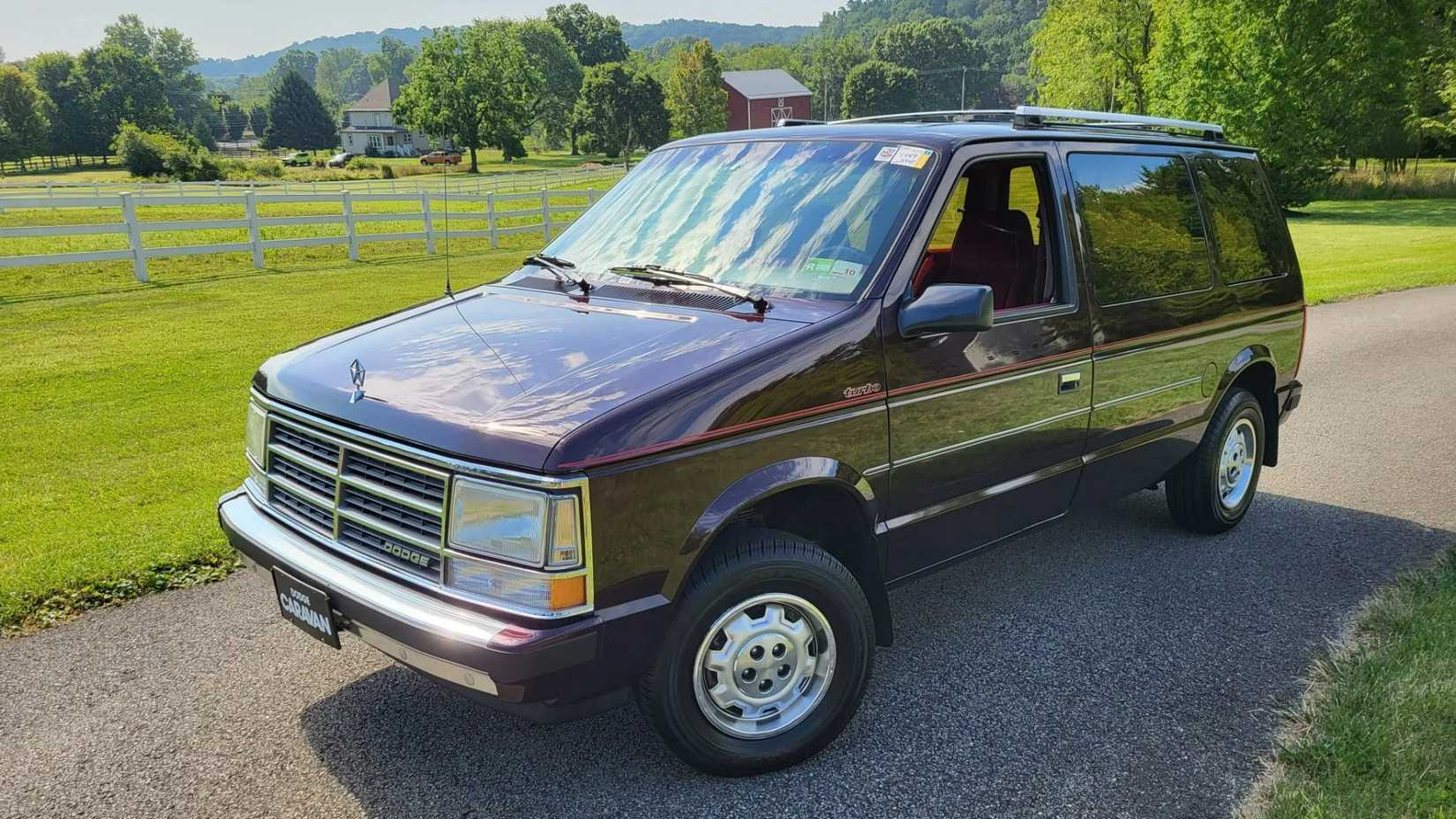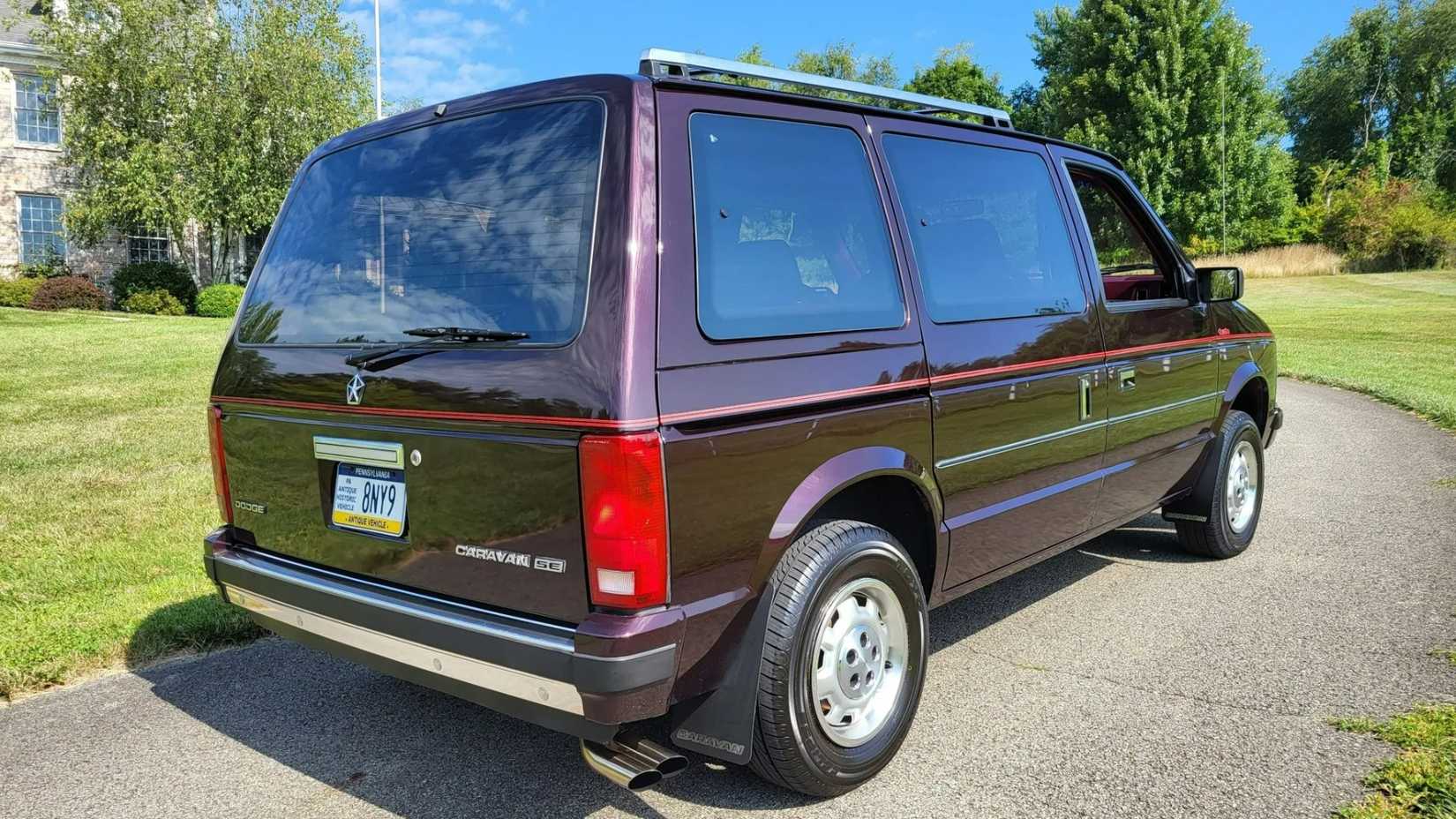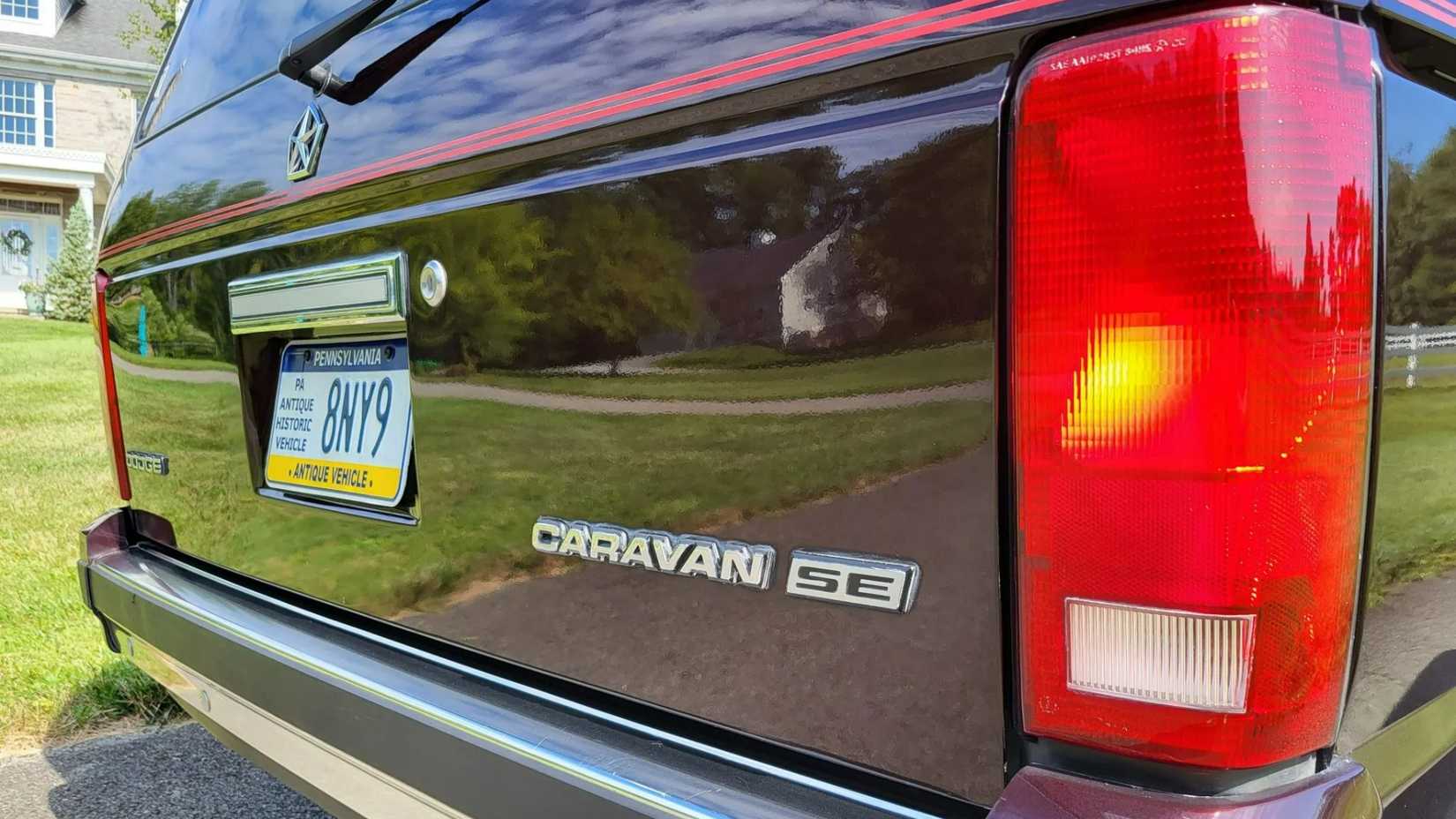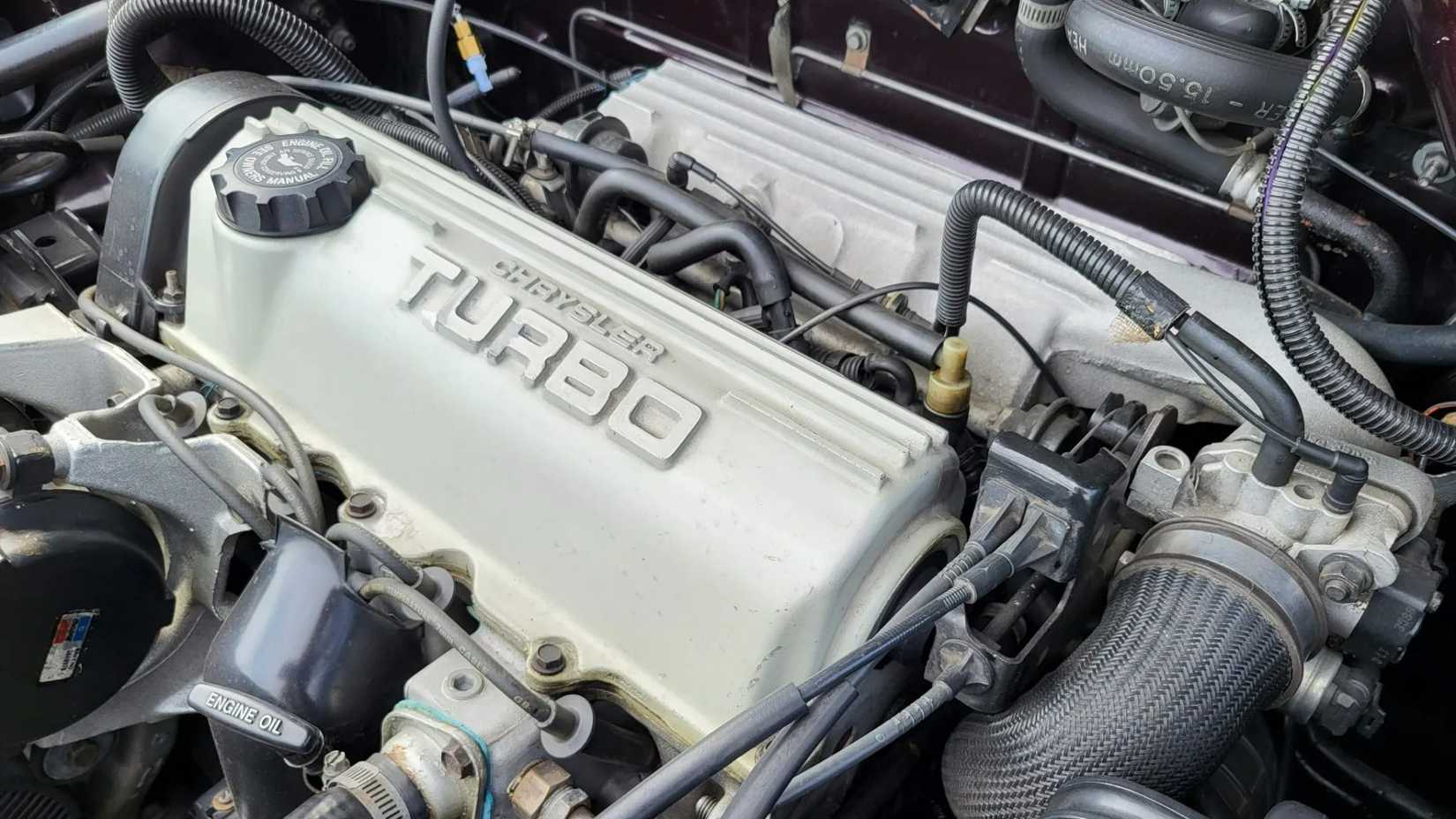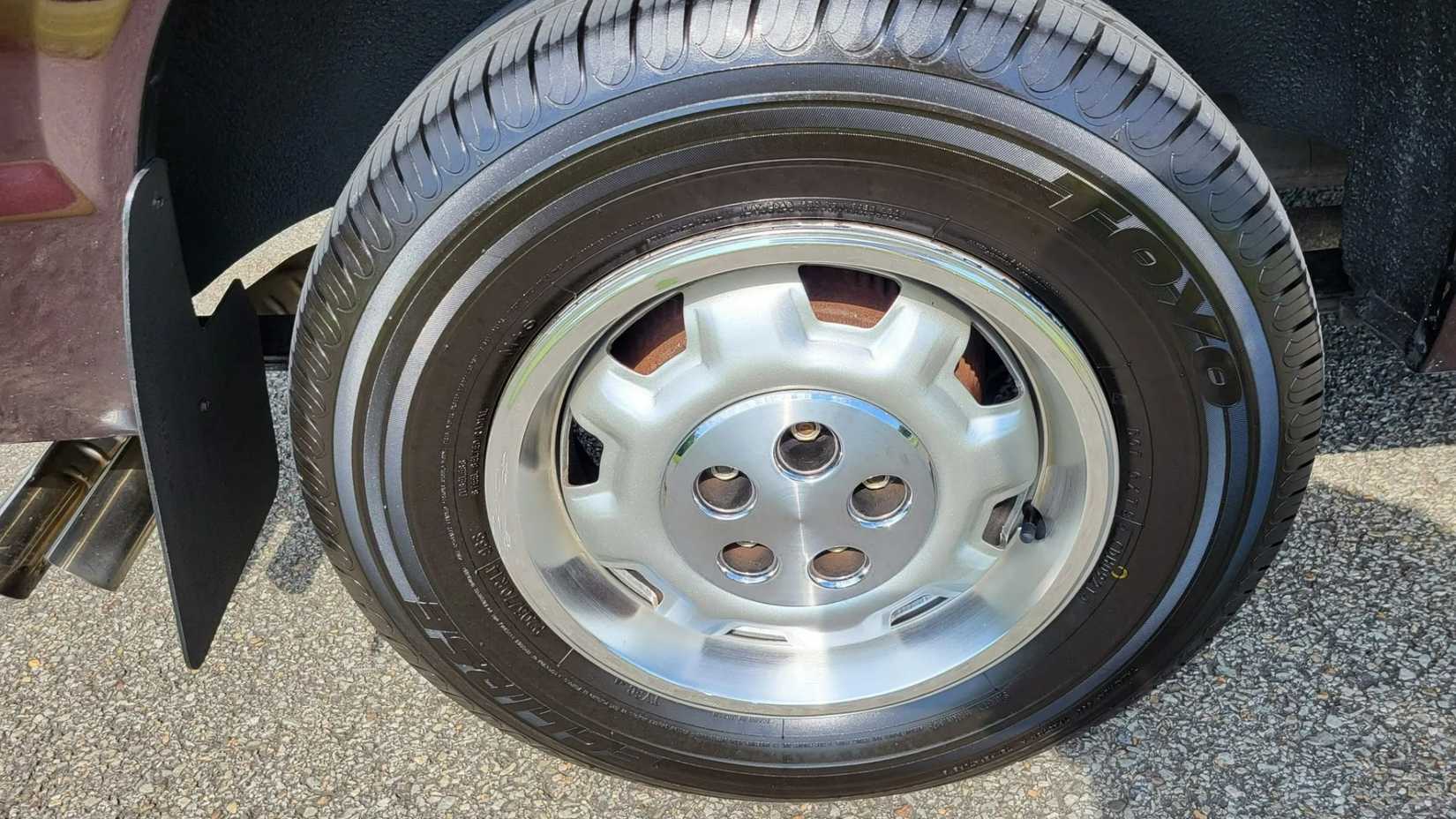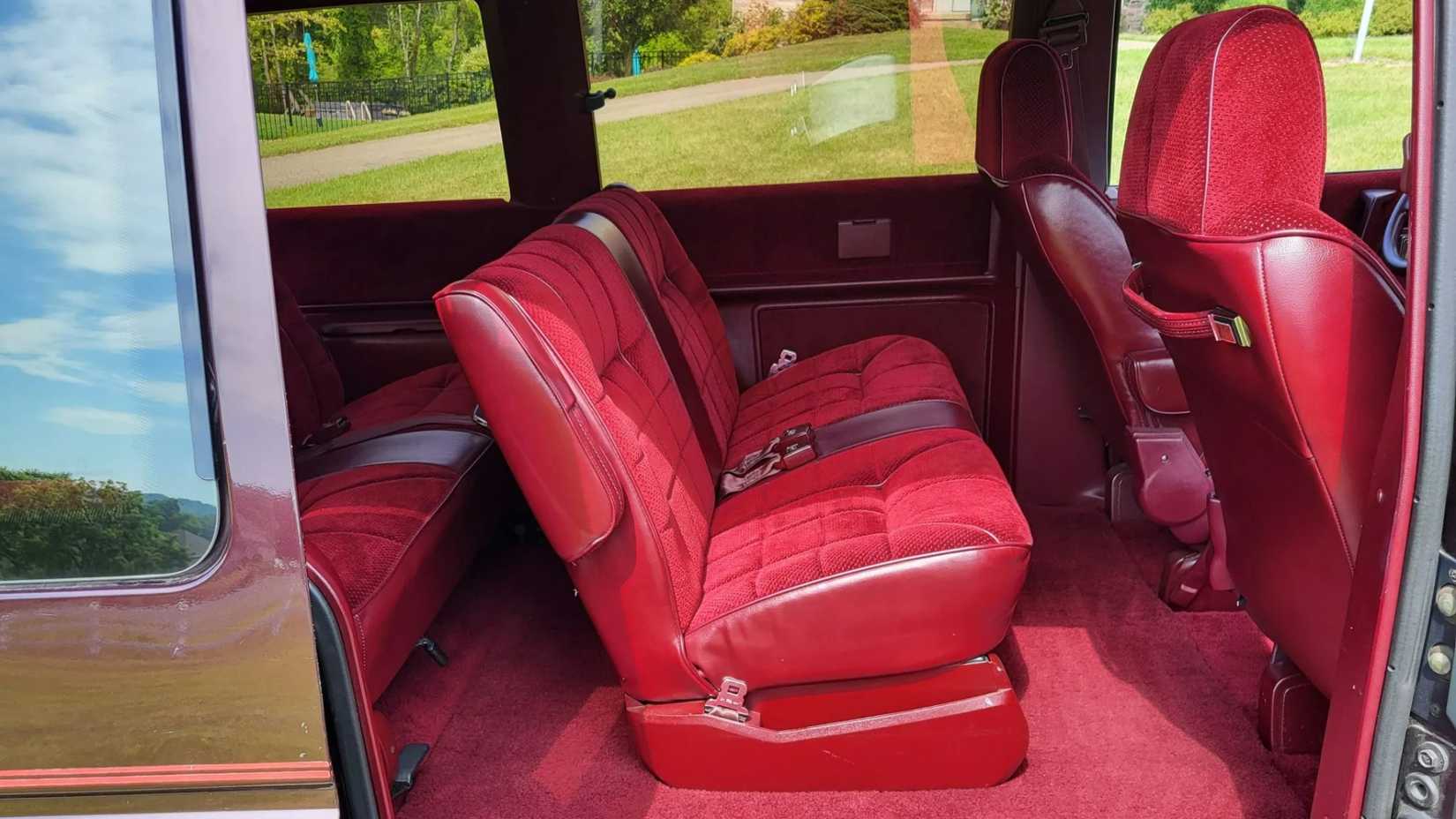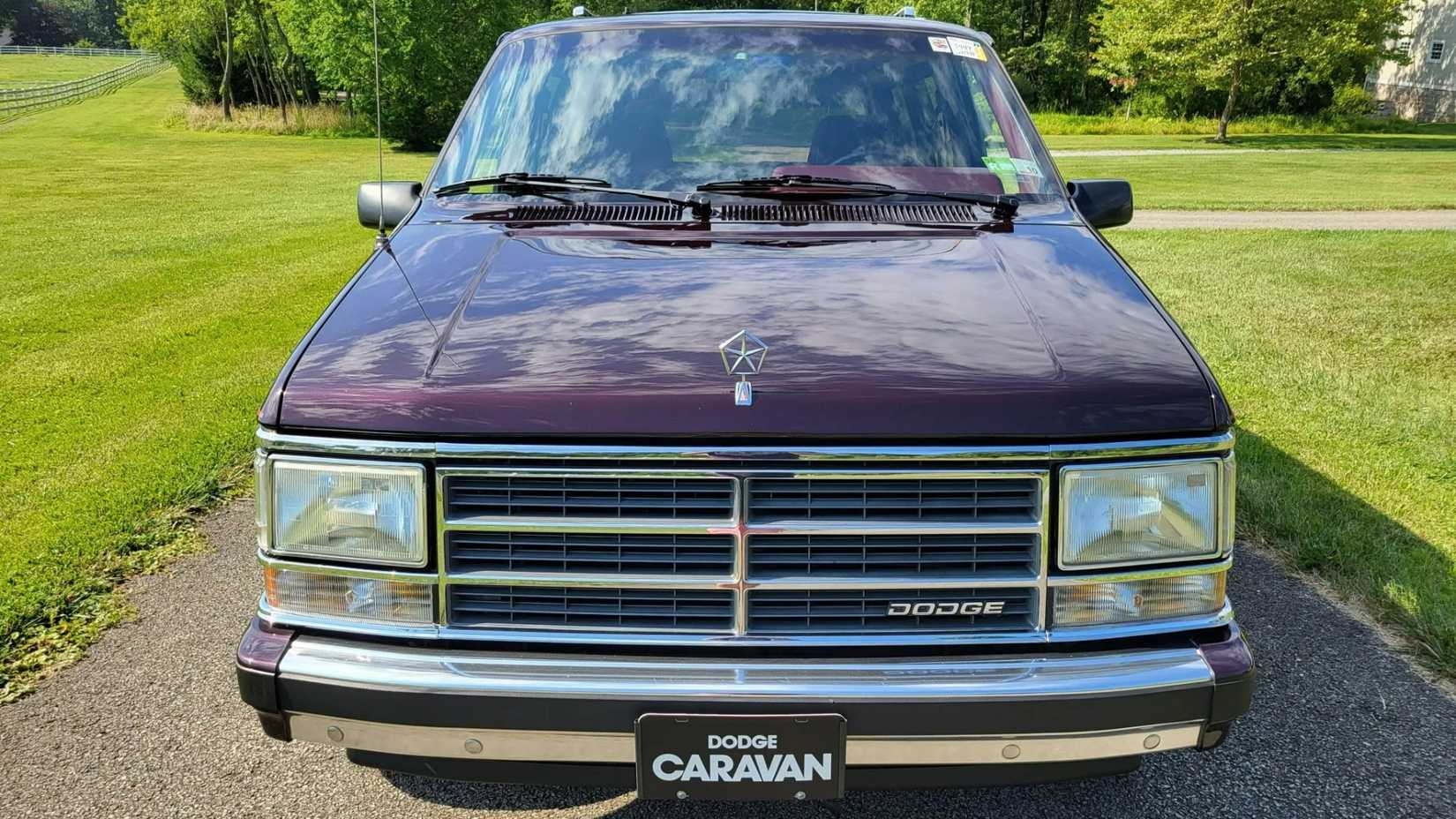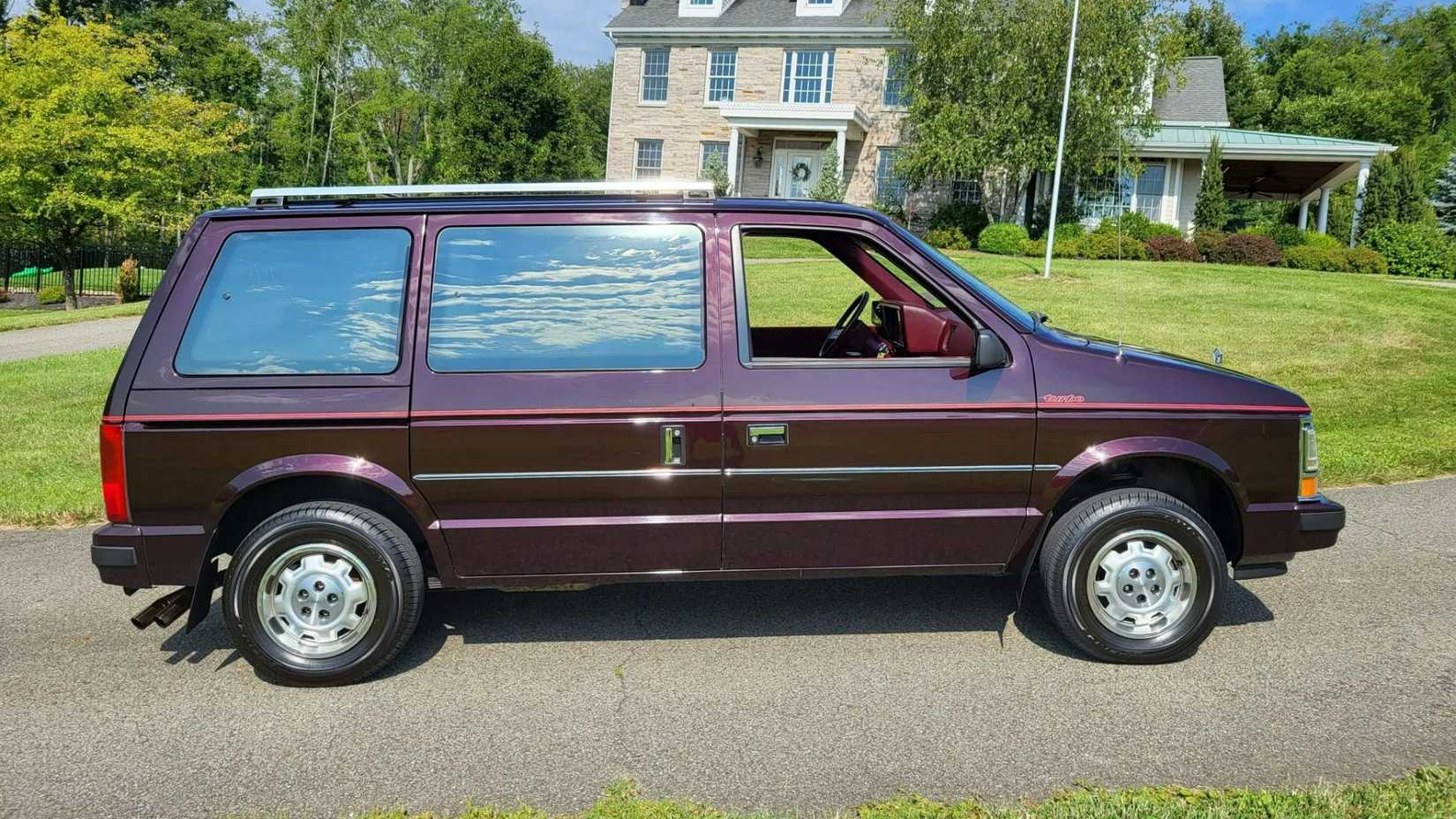With the fall in power of the American V8 occurring in the early 1970s, cars built in the United States suffered from slow acceleration. Things were so bad throughout the 1970s and ’80s that the era is commonly referred to as the “Malaise Era,” due to President Jimmy Carter’s speech in 1979. Because of this, many foreign carmakers, such as BMW and Toyota, were able to establish a strong foothold in the US as more folks were growing tired of 140-horsepower V8s and vinyl roofs.
To fight back against the emissions regulations, carmakers began utilizing turbocharging to make smaller engines more powerful. American manufacturers began embracing the turbocharger in the 1980s, as several models started using forced induction. Turbocharging became so popular that Chrysler hatched an unconventional plan to build a minivan with this tech, something that had never been done before. The result was the Dodge Caravan Turbo, and it’s now one of the most sought-after vintage people carriers in the US.
How To Get Kids To Baseball Practice As Quickly As Possible
Dodge Caravan Turbo Key Points
- Introduced in 1989
- Only offered for the 1989 and 1990 model years
- Took advantage of a turbocharged four-cylinder engine
- Could be had with a five-speed manual transmission
- Regularly fetches five-digit sale prices in the current market
Five years before Dodge released the turbocharged Caravan, its parent company, Chrysler, rocked the automotive world in a way it hadn’t been in decades. In 1984, the Detroit automaker released the Dodge Caravan minivan and its twin, the Plymouth Voyager, for the first time. It was a watershed moment in the car world, as no van that was capable of carrying nearly as many passengers as a full-size station wagon around comfortably had been produced before. Very quickly, the pair of minivans became hugely popular, effectively ending the American station wagon’s decades-long rule over families.
A few years later, in 1988, Chrysler reported that both the Plymouth Voyager and the Dodge Caravan sold roughly 422,418 units, a staggering number for the time. At this time, the minivan had officially become the vehicle of choice for families across the nation, and Chrysler was basking in the glory of their major success. Perhaps it was the hubris of success, then, that led them to design the Dodge Caravan Turbo, as one of the wildest minivans to date.
When the Caravan Turbo came out in 1989, the market was still clamoring for more minivans. However, the segment lacked performance-oriented offerings. To provide families with a speedy kid-carrier, Dodge developed a turbocharged version of the existing Caravan. Underneath the hood, there was a 2.5-liter turbocharged inline-four making 150 horsepower.
Apart from its use of forced induction, the rest of the Caravan turbo was business as usual, save for a few “Turbo” decals peppered throughout its exterior. Despite the addition of forced induction, this version of the minivan still wasn’t particularly aggressive. The power output was modest and even closely resembled that of Chrysler’s naturally aspirated V6 engine option, also offered for use within the corporation’s lineup of vans.
Detailed Specs & Features
Keen scholars of old Chrysler products may recognize the powerplant in the photo above. The 2.5-liter inline-four belonging to Chrysler’s Trenton family of engines. The Trenton engine grouping was first introduced in 1981 and was part of Chrysler’s downsizing efforts that began in the late 1970s. The Caravan Turbo utilized the “Turbo I” version of the 2.5-liter Trenton inline-four, with the mill also being used in other Chrysler products such as the Dodge Daytona, Chrysler LeBaron, and the Plymouth Acclaim.
Apart from its turbocharged engine, Chrysler also offered a pair of transmission options for use within the Caravan Turbo’s powertrain. A five-speed manual transmission was available as an optional transmission, while a three-speed automatic was standard equipment. Front-wheel drive was the sole drivetrain option. A simple MacPherson strut front suspension and rear leaf-sprung, live-axle rear suspension were present, as well. A pair of disc brakes mounted on the front axle and a pair of drums around the back took care of the Caravan Turbo’s stopping needs.
We lay out the 1989 Dodge Caravan Turbo’s detailed engine and performance specs in the table below:
|
Engine Details |
2.5L turbocharged inline-four |
|---|---|
|
Horsepower |
150 hp |
|
Torque |
180 lb-ft |
|
0-60 MPH Time |
9.0 seconds |
|
Curb Weight |
3,086 lbs |
*Specs courtesy of FastestLaps.com
As we mentioned earlier, inside the Dodge Caravan Turbo was, primarily, business as usual when it came to minivan interiors of the period. Much like other minivans of the time, the Caravan Turbo only had three doors and a rear hatch, as the sole rear passenger sliding door was on the passenger side. A few pieces of wood trim was seen on the dashboard, and electric windows came as standard, as well. Other standard luxuries included air conditioning and a center console. In essence, exactly what you’d expect a late 1980s minivan to offer.
Current Pricing
We get it. It’s quirky, turbocharged, and its front end is weirdly good-looking, as long as you squint hard. So, it wouldn’t be a stretch to say you might want one of these old-school turbocharged vans for yourself. Luckily, because there’s a popular niche market for these things, many examples are seen for sale regularly, many of which have been kept in reasonable condition by their previous owners. According to J.D. Power, an ’89 Caravan Turbo in average condition will fetch $10,950, although pricing can vary widely due to factors such as mileage and overall condition.
The Turbo Van Wasn’t Meant To Be
Despite sounding like a great idea, at least to a gearhead, the Dodge Caravan Turbo didn’t exactly set the automotive market on fire quite like its naturally aspirated forefathers did some five years before its release. In fact, the turbocharged iteration was one of the poorest-selling versions of the Caravan. A few reasons caused poor sales, chief among which was its power output. This was because of that V6 we mentioned earlier, which offered 142 horsepower without the anxiety of having a turbocharger that could fail and prove costly to fix.
Another significant drawback to the Caravan Turbo was its starting price. In 1990, the turbocharged model went for $13,910, whereas the naturally-aspirated V6 model’s pricing began at roughly $11,995. So, while the prospect of a turbocharger was cool, you could have nearly the same power, better reliability, and a smoother engine for nearly $2,000 less. Keep in mind, $2,000 in 1990 was a good amount of money, and few families wanted to needlessly part with that kind of scratch for eight more horsepower and less projected reliability.
In the end, the turbo van wasn’t meant to be. Following poor sales in 1990, Dodge axed the model, never to install a turbocharger in one of their vans again. That same year, the Ford Explorer SUV would be released, taking some of the minivan’s popularity away from it.
Sources: FastestLaps.com, J.D. Power, Car Gurus, Stellantis

